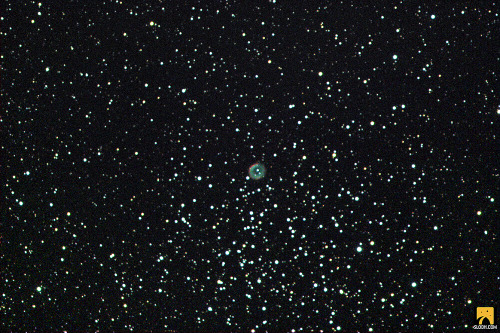Planetary Nebula - Tumblr Posts
“You are not a geographer if you don’t follow the newsletter of brands such National Geographic Society or Animal planet and many more. They might be capitalised conglomerates but they give more information about earth than the books we preach.”
Some wise professor once from the University of Delhi.









This is the Velvet Star Cluster! 💜💜💜
Not only does this photo contain a large cluster of around 500 stars, but it also contains a beautiful planetary nebula named NGC 2438! There might even be a tail of stars due to gravitational interactions in the past 💫💫💫
Taken by me (Michelle Park) using the Slooh Canary Two telescope on September 17th, 2020 at 9:22 UTC.

This is the Velvet Star Cluster! 💜💜💜
Not only does this photo contain a large cluster of around 500 stars, but it also contains a beautiful planetary nebula named NGC 2438! There might even be a tail of stars due to gravitational interactions in the past 💫💫💫
Taken by me (Michelle Park) using the Slooh Canary Two telescope on September 17th, 2020 at 9:22 UTC.

Picture of M27, the Dumbbell nebula (aka the Apple Core Nebula), I took at the end of last month. This is a planetary nebula, it's the result of a star similar to our sun, that had turned into a red giant at the end of its life, ejecting its outer layer of gas and plasma into space. A planetary nebula is probably a relatively ''short'' phenomena, lasting around 10 000 years. Once the central star has ejected most of its hydrogen/helium and that the nuclear fusion in it has stopped, the nebula will start to cool down and disappear while the star turns into a white dwarf. Planetary nebula have an important role in redistributing some of the matter from dead/dying stars in the interstellar medium.
I personally think that photo is good, but some of the more faint external structures are barely visible, might take another picture of it and/or more photos to stack later in the month.

Picture of the helix nebula / Caldwell 63, this one was a bit of a pain to take as this nebula stays relatively close to the horizon where I live, plus, due to the position of trees and building I only get 1h per night to take photos (had to use pictures from two different nights to get to about 2h of exposure).
This object is also a planetary nebula, like M27 I previously photographed, but it appears much bigger (about 2.5 times) in parte due to it being closer to earth (about 650 light-years compared to about 1360 light-years for the dumbbell nebula/M27).
This nebula has sometimes been referred to as ''the eye of god'' I think you can guess why.
The soon to be white dwarf star at the center of the nebula is (to me at least) a bit more visible in this picture than in the one of M27.

The beauty of space... This is something that we cannot destroy, something we can't even change; it's wonderful :)